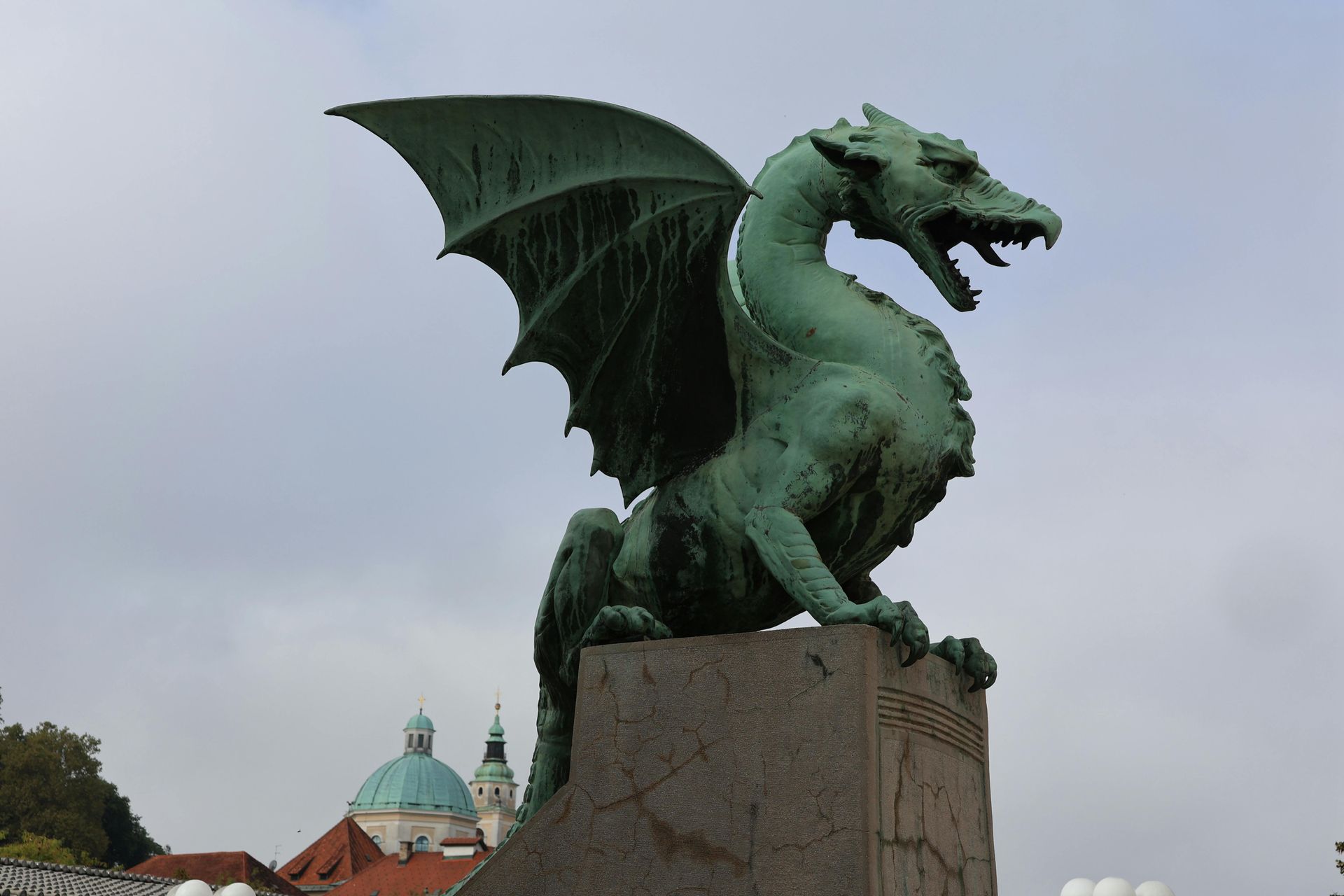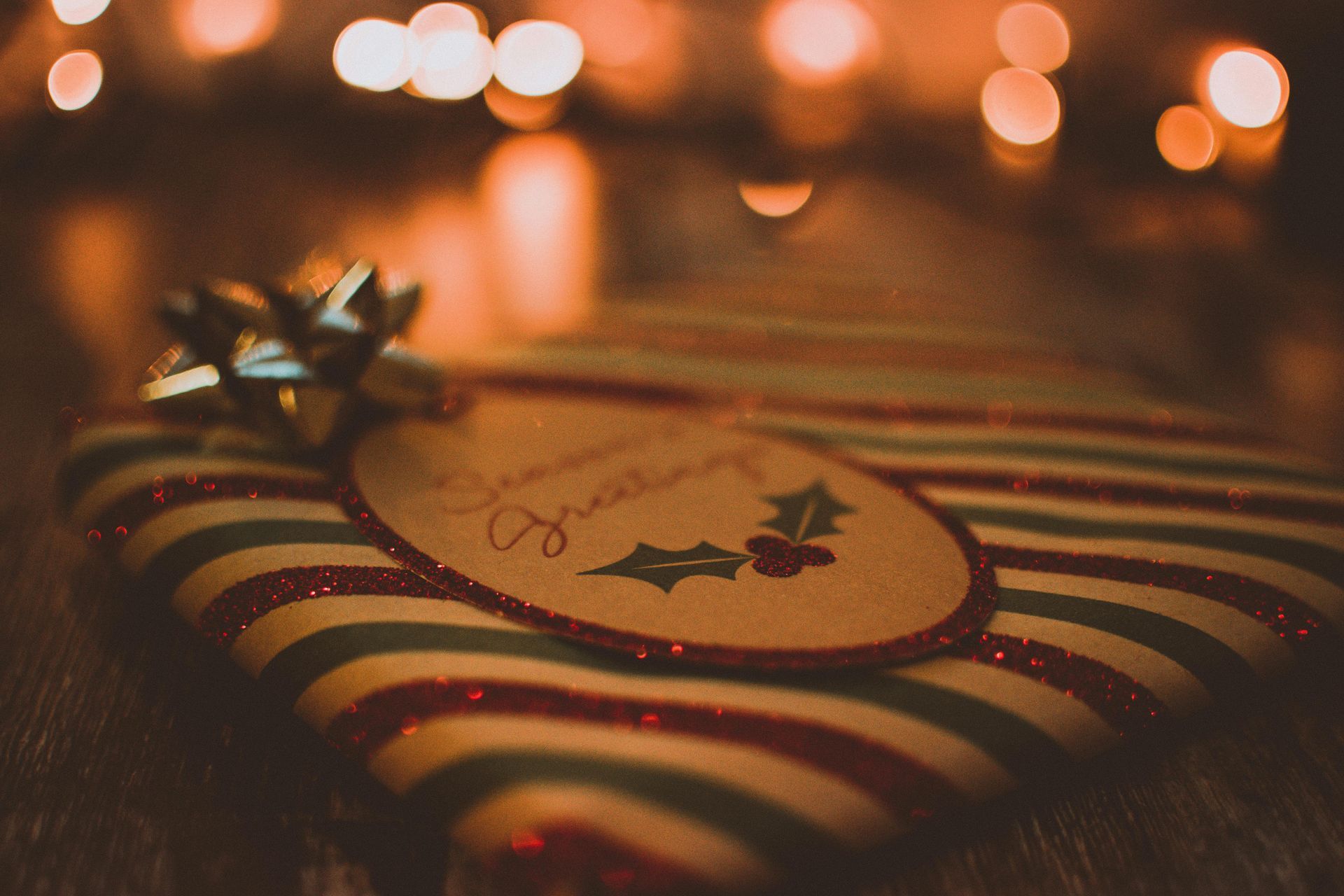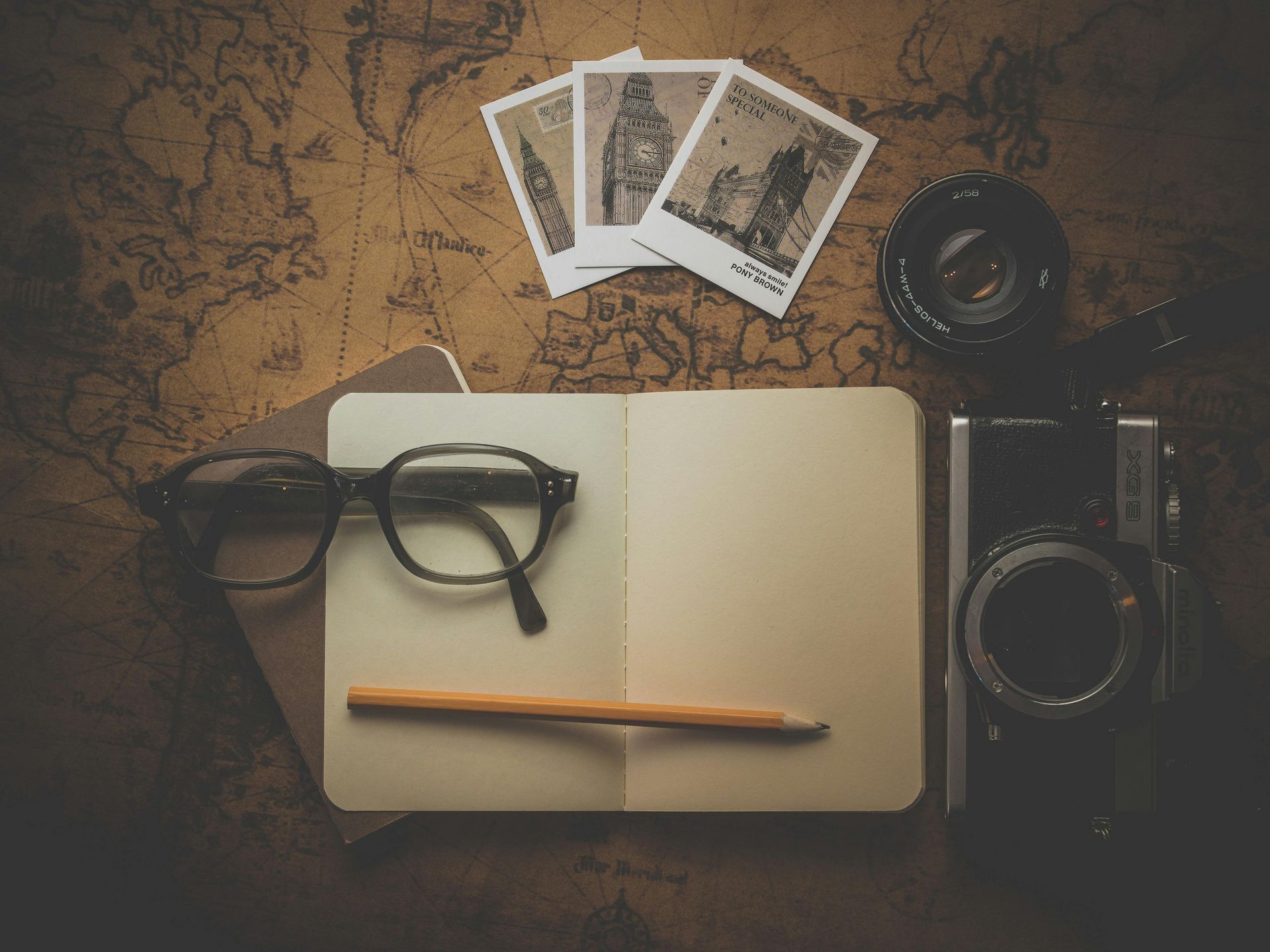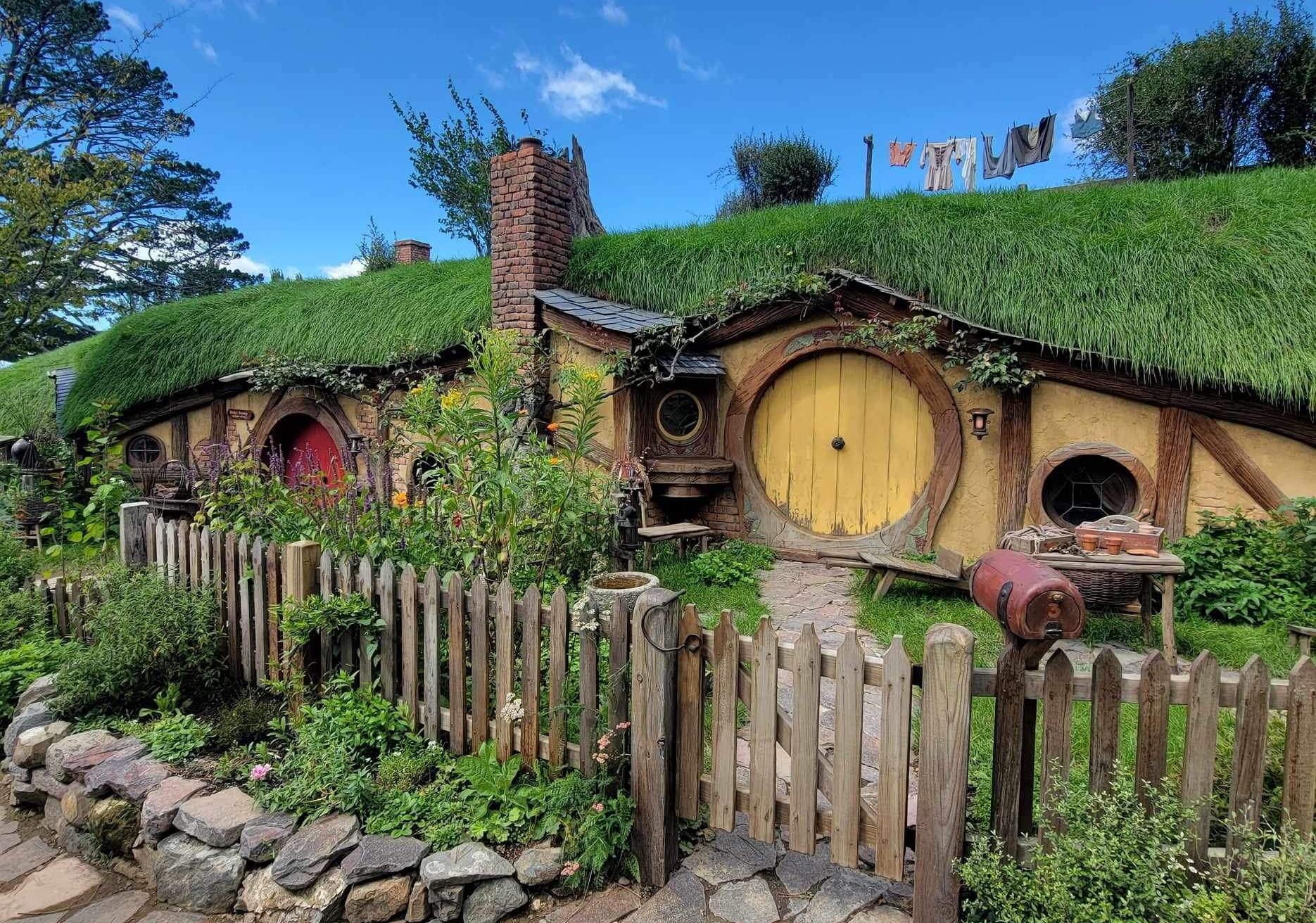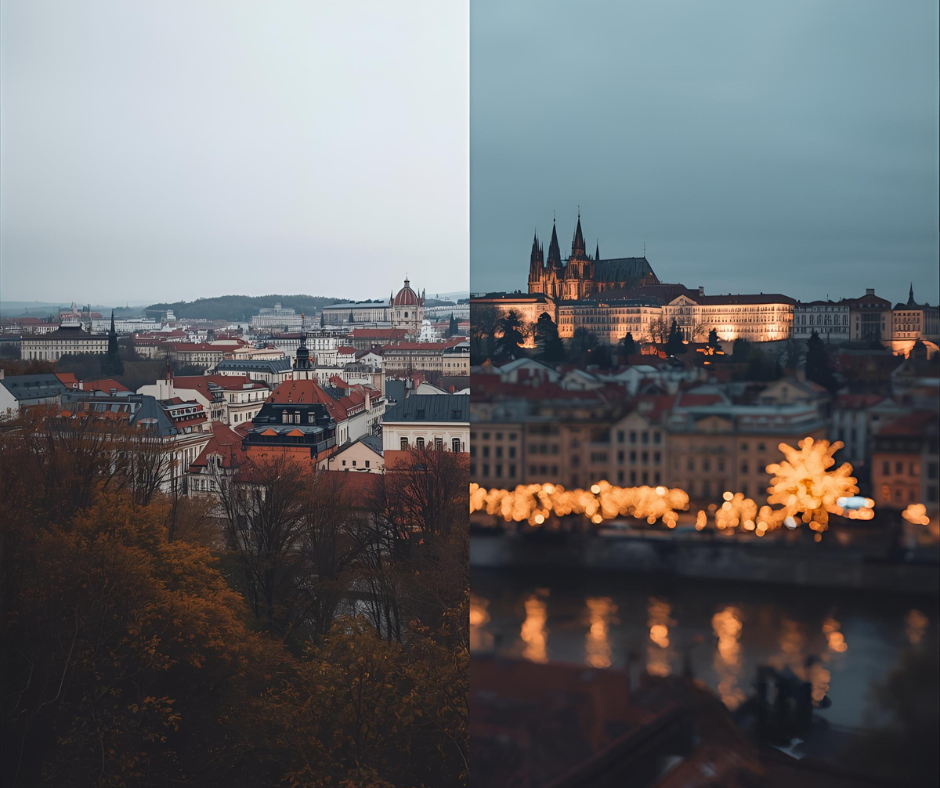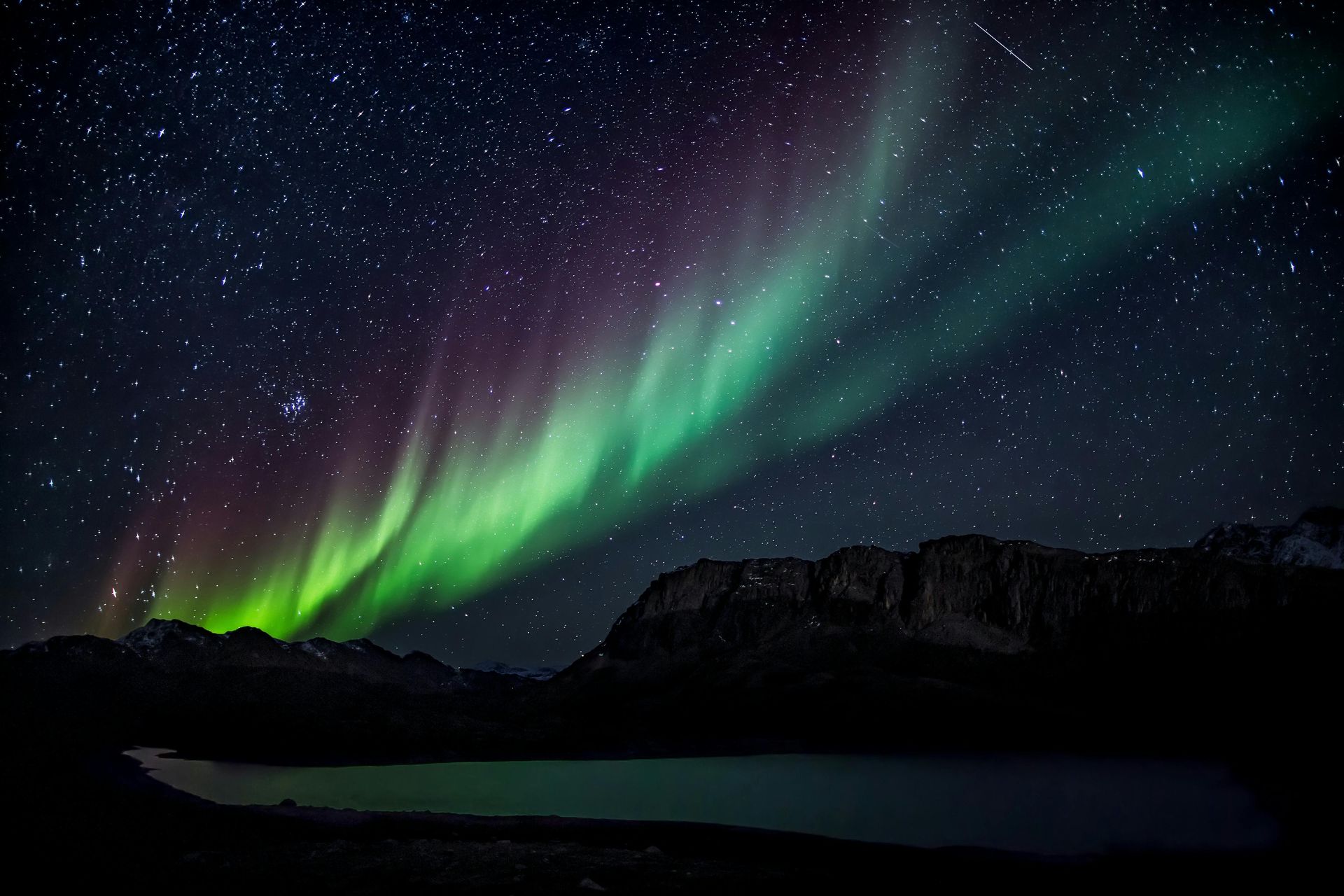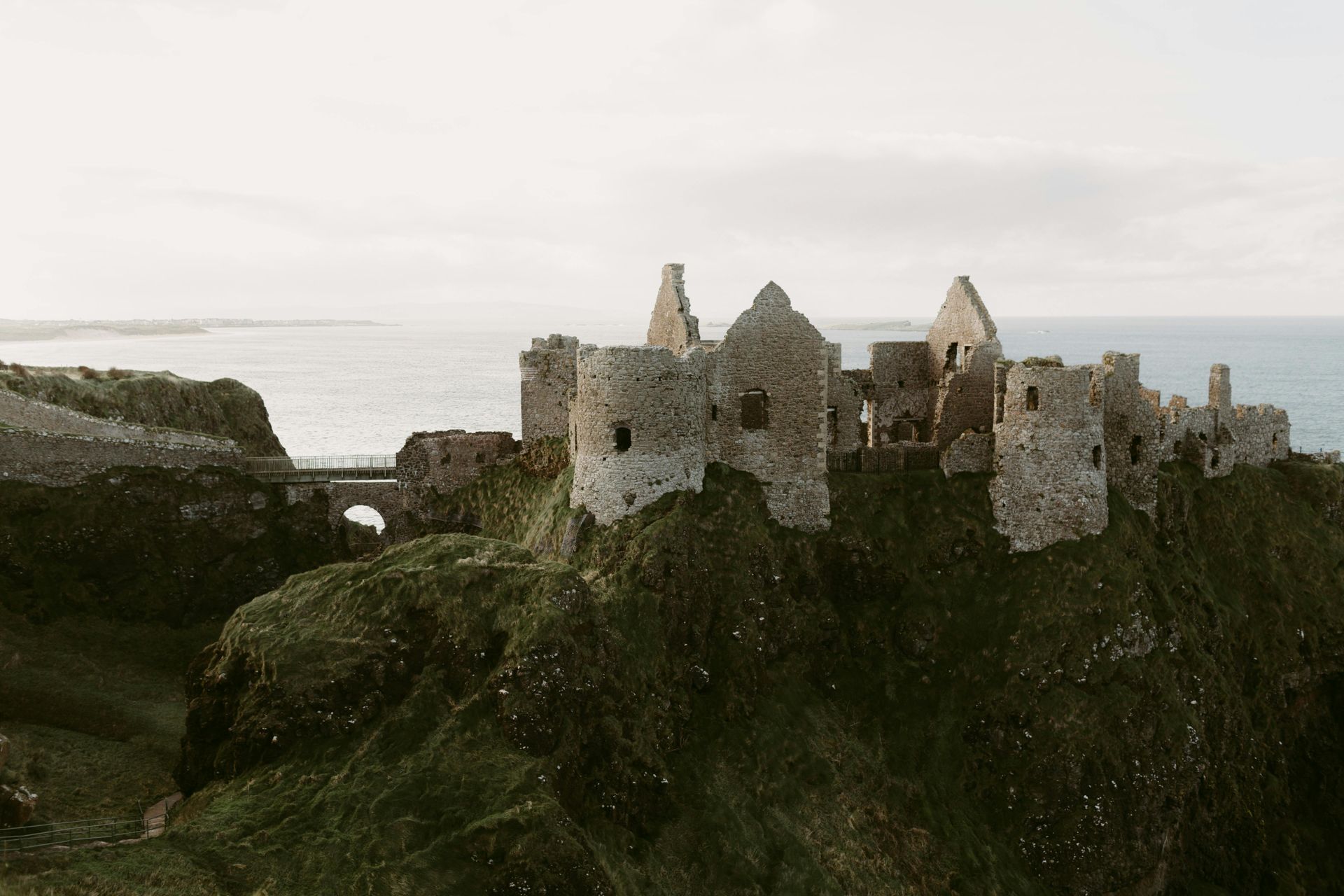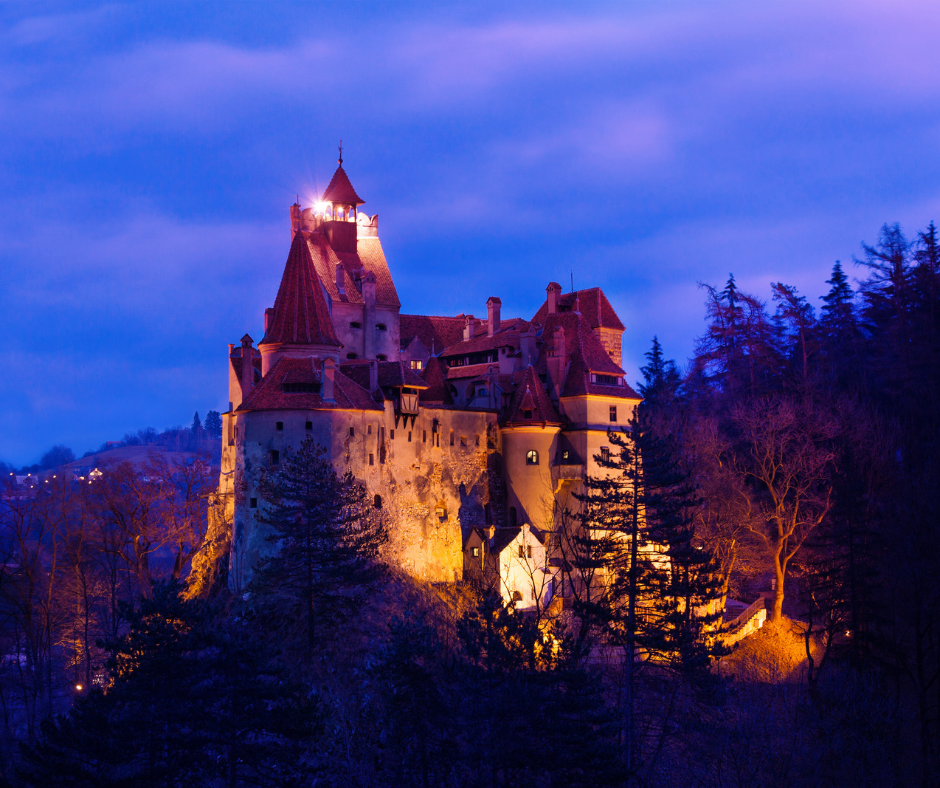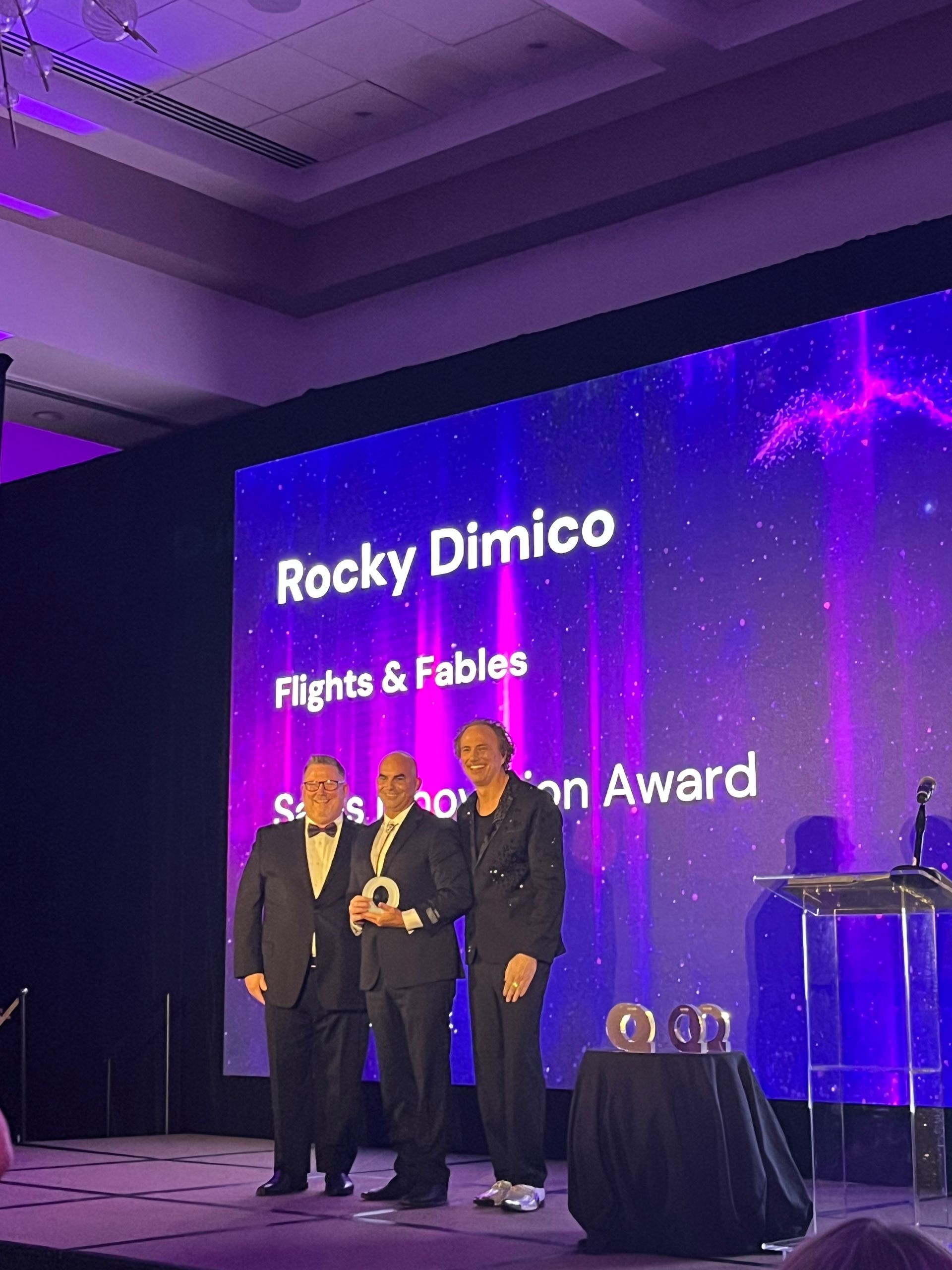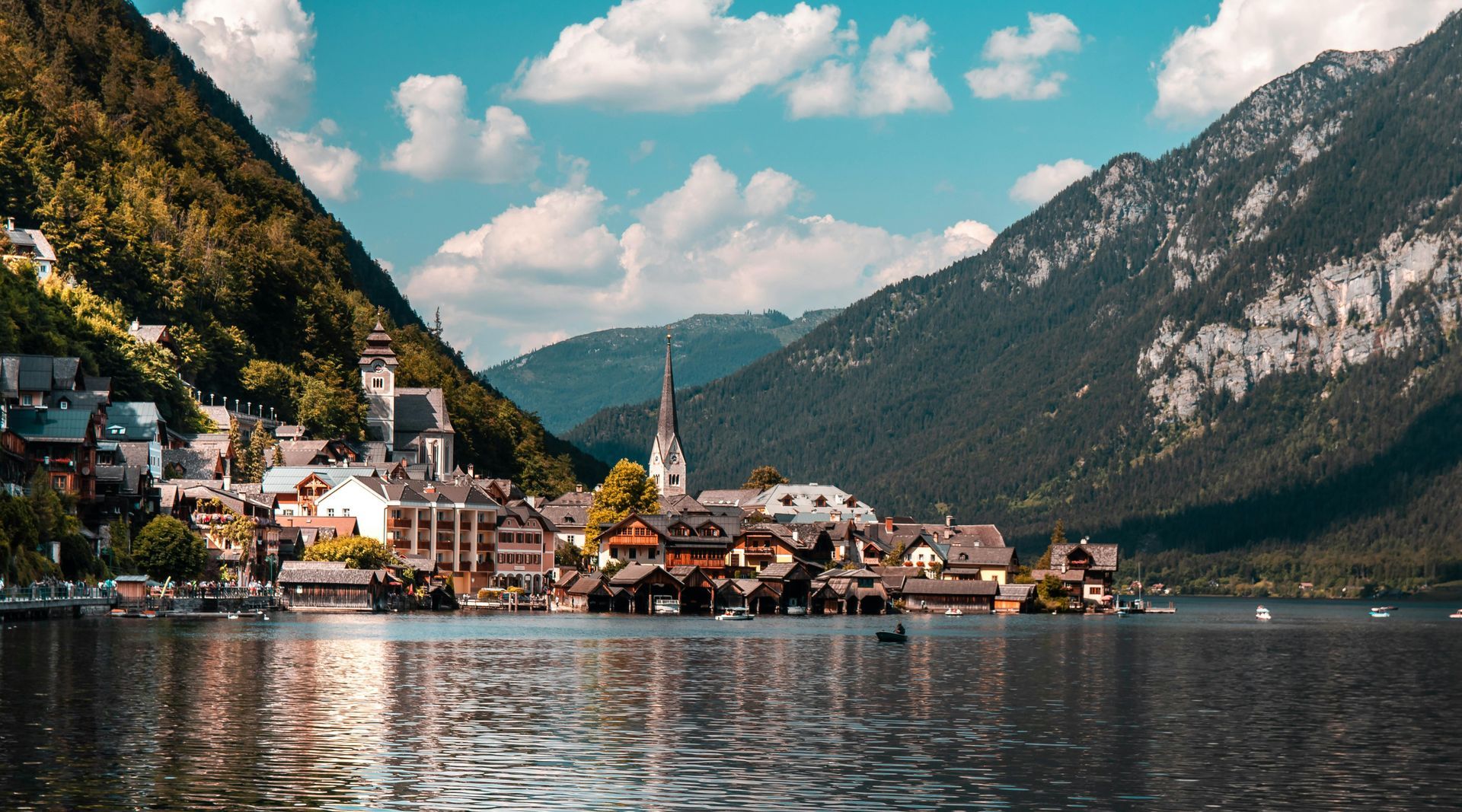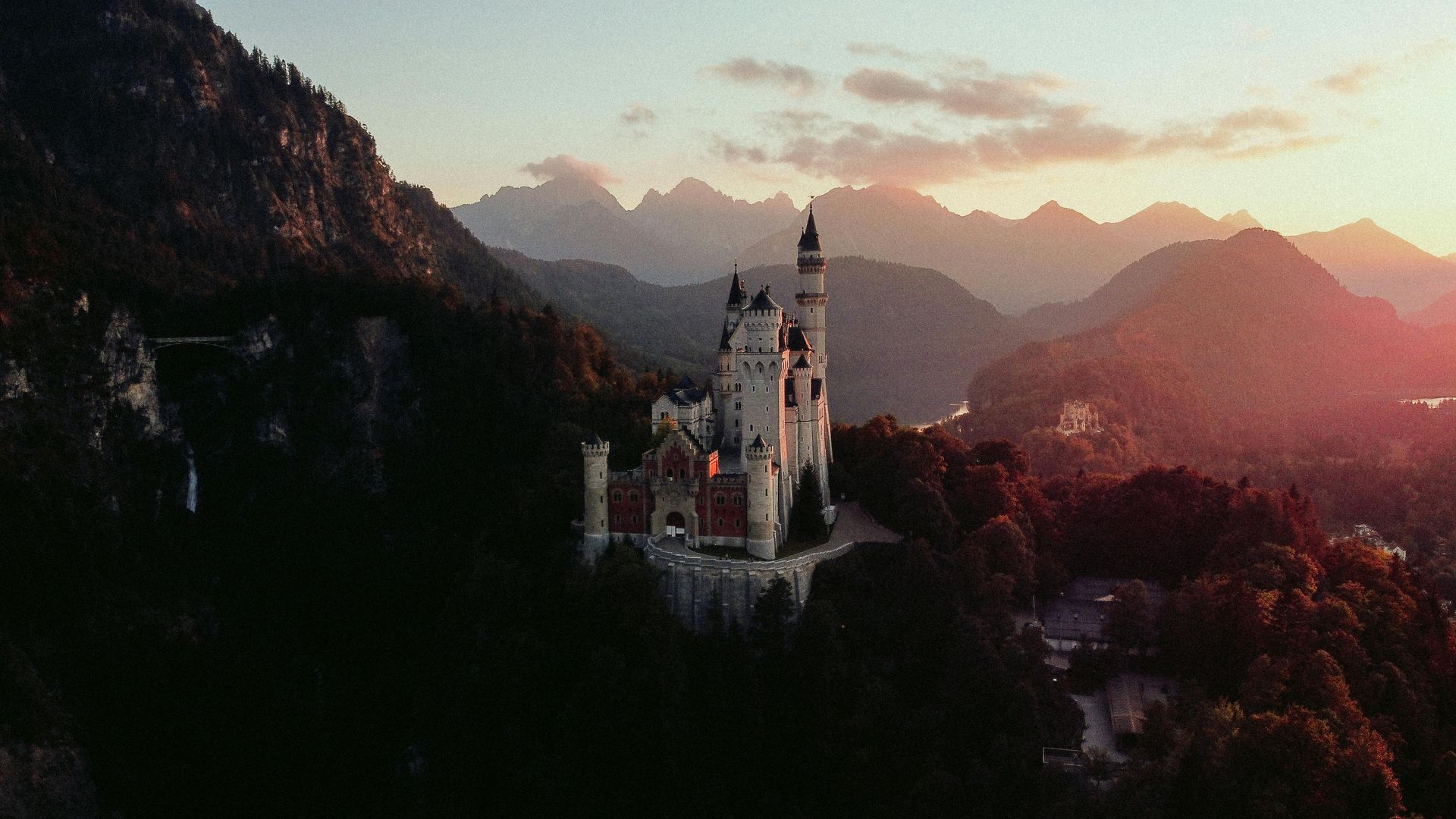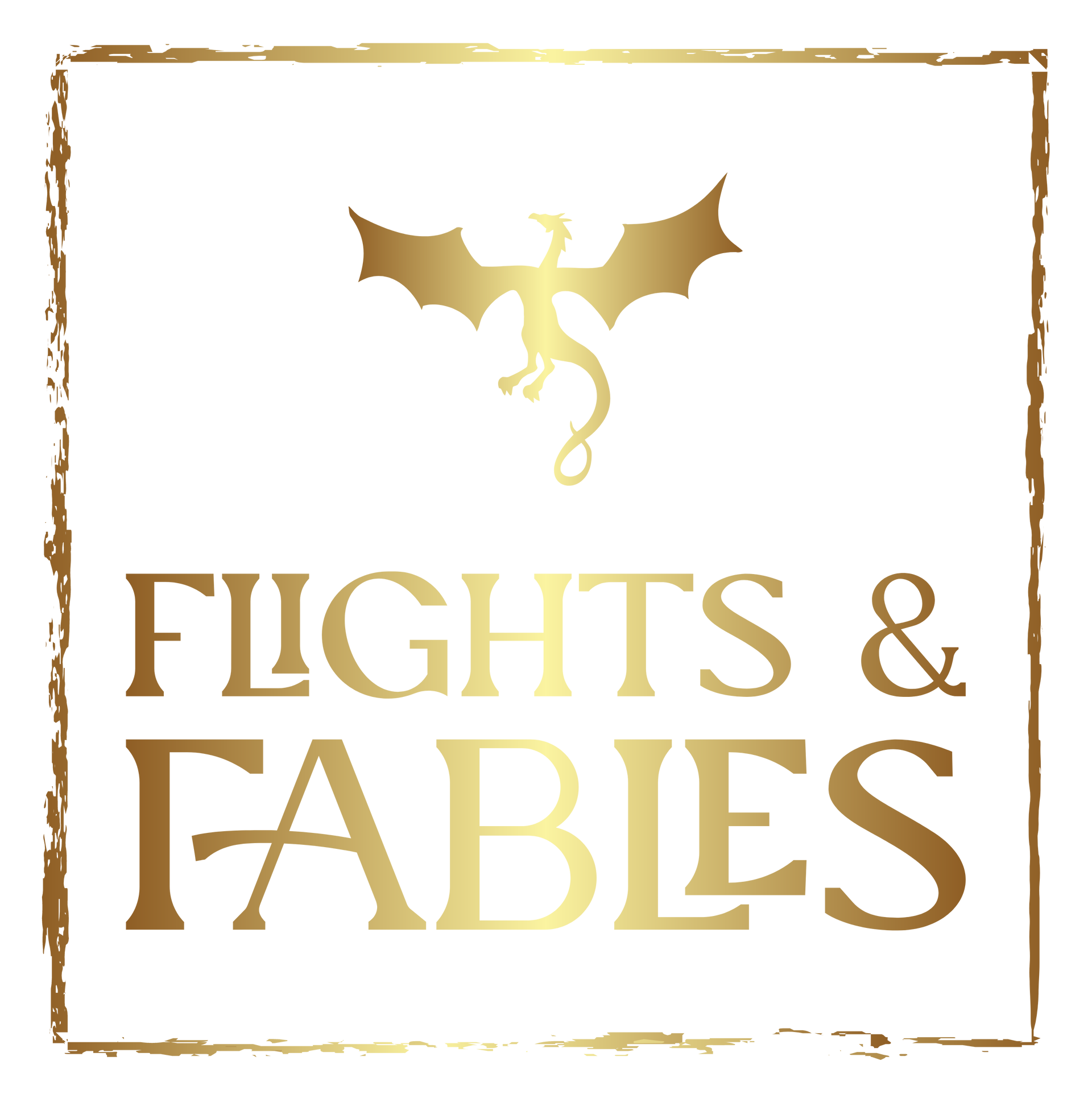A Mythical Creatures Travel Guide: Where Legends Come Alive
Step Into a World of Legends
Dragons soaring over castles. Trolls hiding in rocky fjords. Across the globe, myths and legends of magical creatures have been passed down for centuries — and many of them are tied to real locations you can still visit today.
This guide will take you through destinations where fantasy meets reality, blending cultural folklore with breathtaking landscapes. From dragon bridges in Slovenia to yokai in Japan, here’s how to turn mythical legends into unforgettable journeys.
Why Dragons? Dragons are among the most universal mythical creatures, appearing in folklore across Europe and Asia. They symbolize power, danger, and mystery, and entire destinations are tied to their legends.
- Wales – Known as the “Land of Dragons,” Wales proudly features the red dragon (Y Ddraig Goch) on its national flag. Explore Caernarfon Castle and Snowdonia National Park, where dragon battles are said to have taken place. For fantasy fans, it’s easy to imagine these rugged mountains as the lair of a fire-breathing beast.
- Ljubljana, Slovenia – The Dragon Bridge is the city’s proudest landmark, with fierce dragon statues guarding both ends. Legend links them to Jason and the Argonauts, who supposedly fought a dragon here.
Travel Tip: Pair a trip to Ljubljana with a stop in nearby
Lake Bled for a double dose of fairytale vibes.
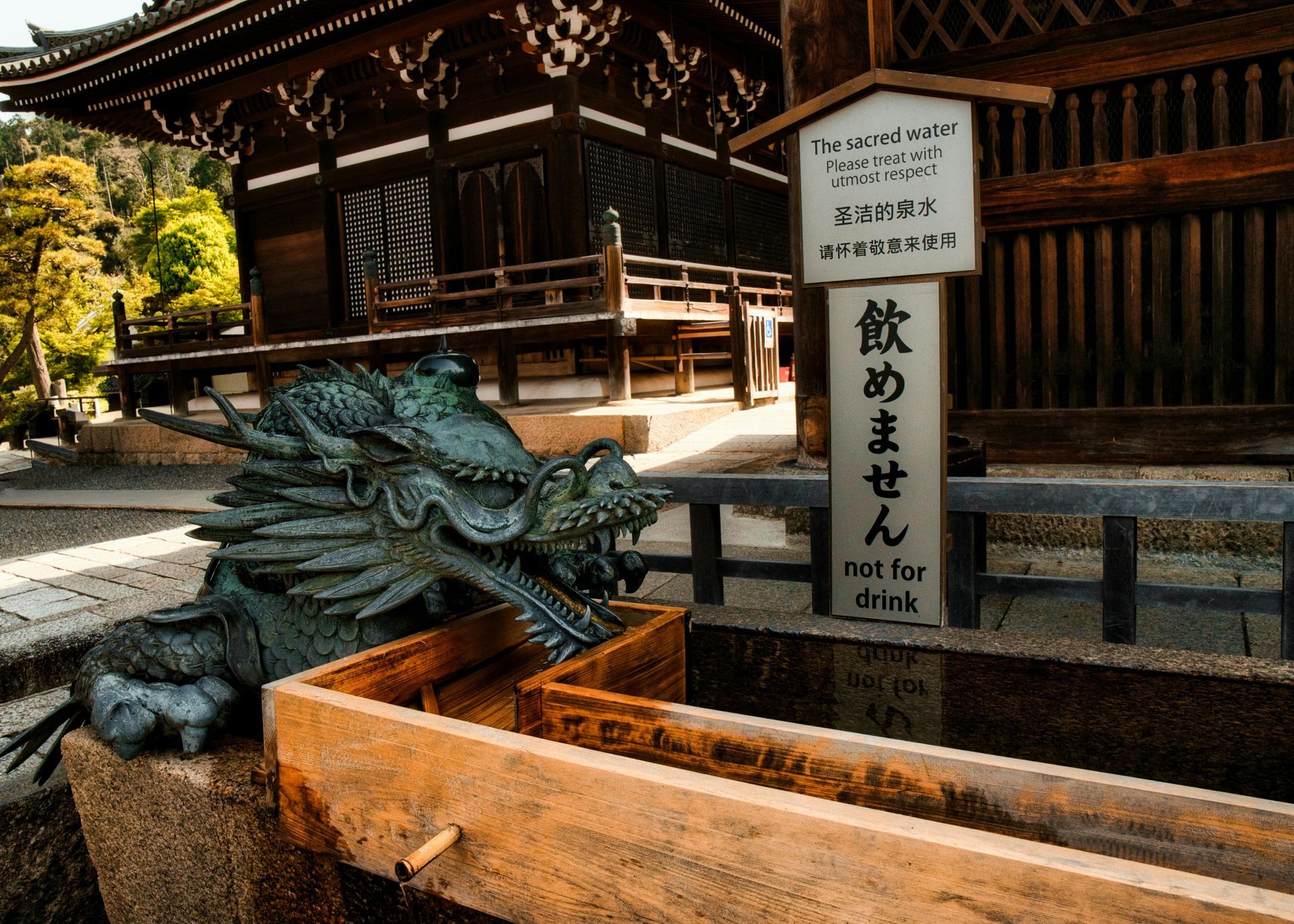
🐉 Dragons & Yokai in Japan
Why Japan? Japan’s folklore is full of dragons (ryū), river spirits, and supernatural creatures known as yokai. Unlike Western dragons, Japanese dragons are often seen as protectors tied to water, rainfall, and wisdom. Combined with temples and shrines, these legends make Japan one of the richest destinations for mythical creature travel.
- Ryūjin Shrines – Dedicated to the dragon god of the sea, Ryūjin. Visit shrines near coastal towns or Lake Biwa, where offerings to the water dragon are still made.
- Kyoto – The iconic Kiyomizu-dera Temple features dragon imagery throughout and is tied to legends of protective dragon deities.
- Yokai Culture – In towns like Sakaiminato, streets are lined with statues of yokai, from mischievous river imps (kappa) to fox spirits (kitsune).
- Pop Culture – From Studio Ghibli’s Spirited Away to Dragon Ball Z, Japan’s modern culture still embraces dragons and yokai stories.
Travel Tip: Consider timing your trip around a seasonal festival, like Kyoto’s Gion Matsuri, where traditional folklore mixes with vibrant parades.
Visit my Japan page for more inspiration.
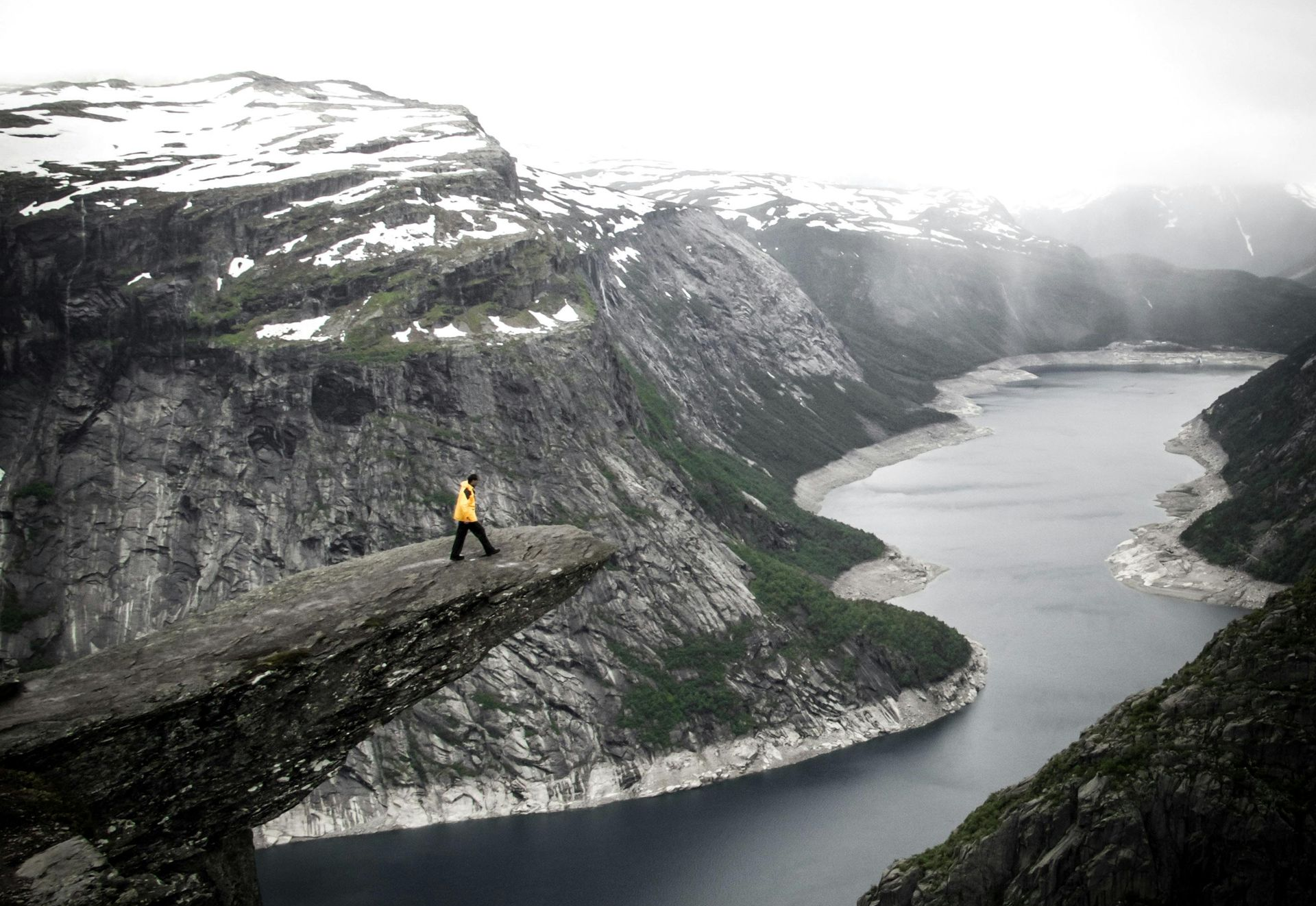
🪨 Trolls: Norway & Iceland’s Hidden Giants
Why Trolls? Trolls are central to Nordic folklore, often portrayed as mischievous or terrifying giants turned to stone by sunlight. Today, landscapes shaped by glaciers and volcanoes are said to be their work.
- Norway – The famous Trolltunga (Troll’s Tongue) hike rewards adventurers with one of the most dramatic views in Scandinavia — a rock ledge jutting over a fjord. Around the country, troll statues, souvenirs, and stories keep the folklore alive.
- Iceland – Tales say trolls created Iceland’s volcanic rock formations. On Reynisfjara Black Sand Beach, towering sea stacks are believed to be petrified trolls. The Huldufólk (hidden people) are also part of Icelandic lore, blending elves and troll-like beings.
Travel Tip: For extra magic, visit Iceland in winter to pair troll folklore with the Northern Lights.
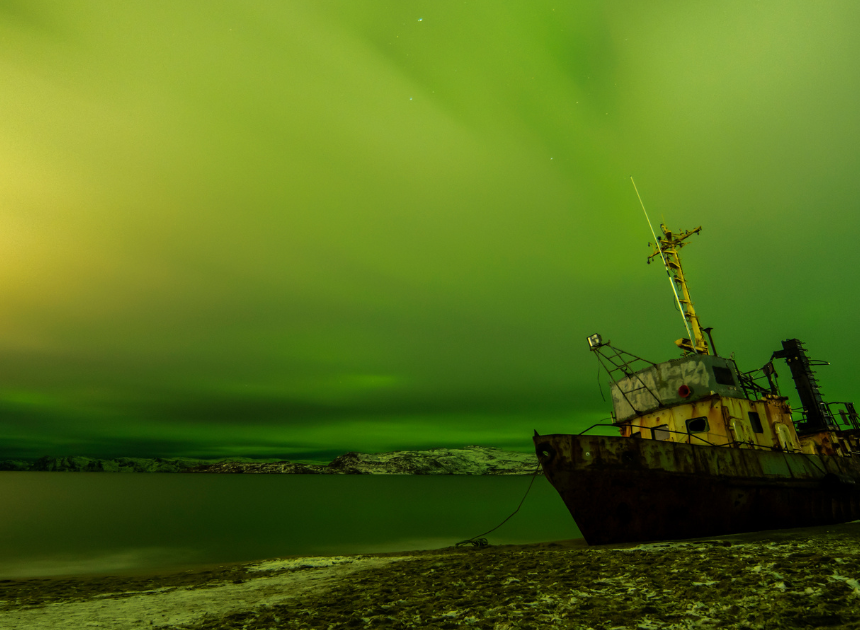
🦑 Krakens: Sea Legends of the Nordics
Why Krakens? Few mythical creatures strike more fear than the kraken, a sea monster said to drag entire ships beneath the waves. These legends come from real encounters with giant squid, retold and exaggerated by sailors.
- Norway – Maritime museums in Tromsø and along the coast highlight kraken lore and other sailor myths. Pair your visit with a whale-watching tour for a thrilling ocean adventure.
- Icelandic Waters – Old sagas describe kraken attacks off Iceland’s coasts, a land where sea and myth are deeply entwined.
Travel Tip: Winter is ideal for kraken-inspired trips, with the bonus of seeing the aurora borealis dance over the sea.
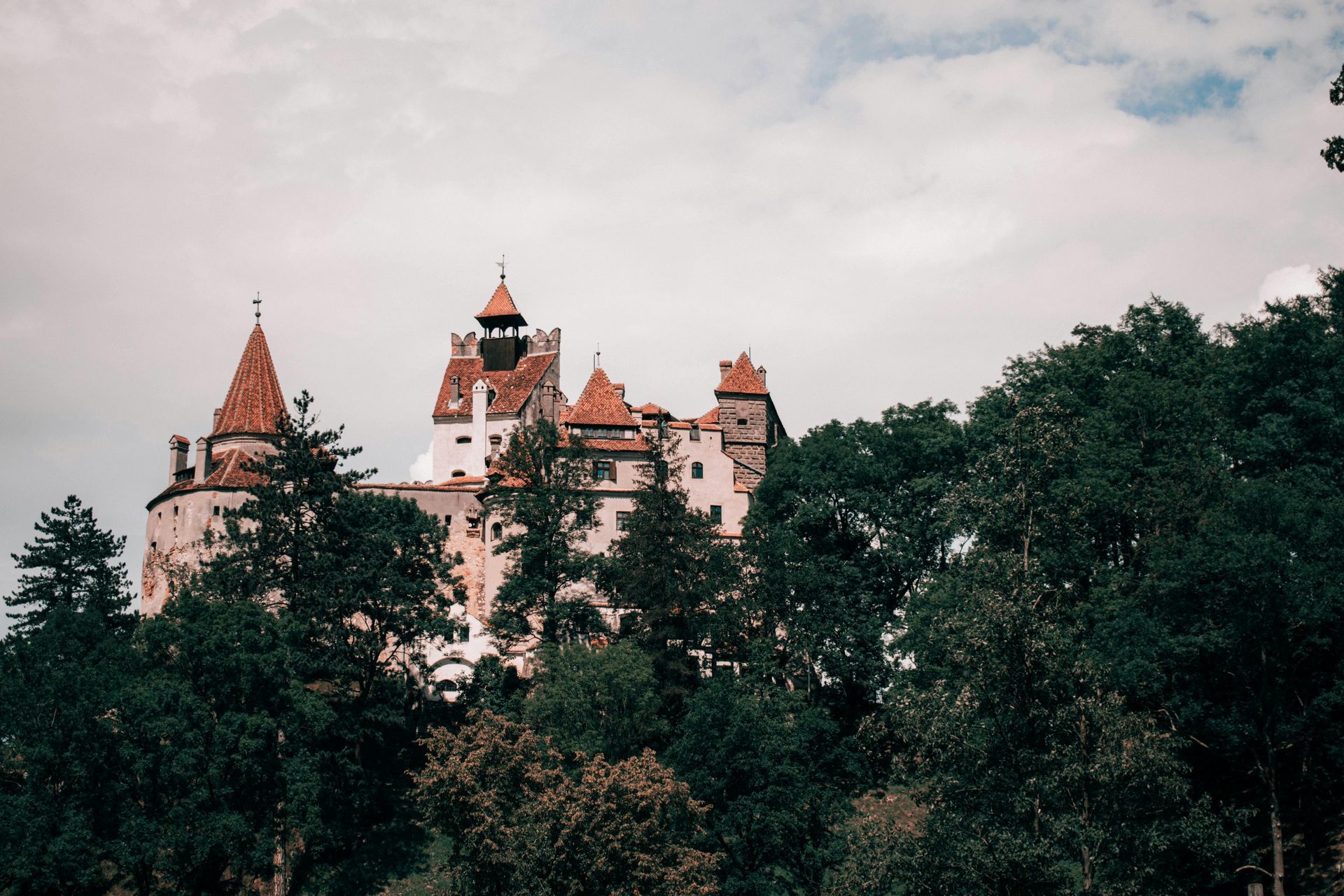
🧛 Vampires: Dark Legends in Eastern Europe
Why Vampires? These creatures of the night inspire countless books, films, and tours, making them some of the most traveled-to mythical sites in Europe.
- Romania – Bran Castle, often marketed as “Dracula’s Castle,” draws thousands of visitors each year. Even though Bram Stoker never visited, the atmosphere and legends are undeniable.
- Whitby, England – This seaside abbey inspired part of Stoker’s Dracula. Its haunting ruins at sunset are as Gothic as it gets.
- Check out my Vampire Travel Guide Blog
Travel Tip: For an extra thrill, plan your trip during autumn or around
Halloween for festivals and themed tours.
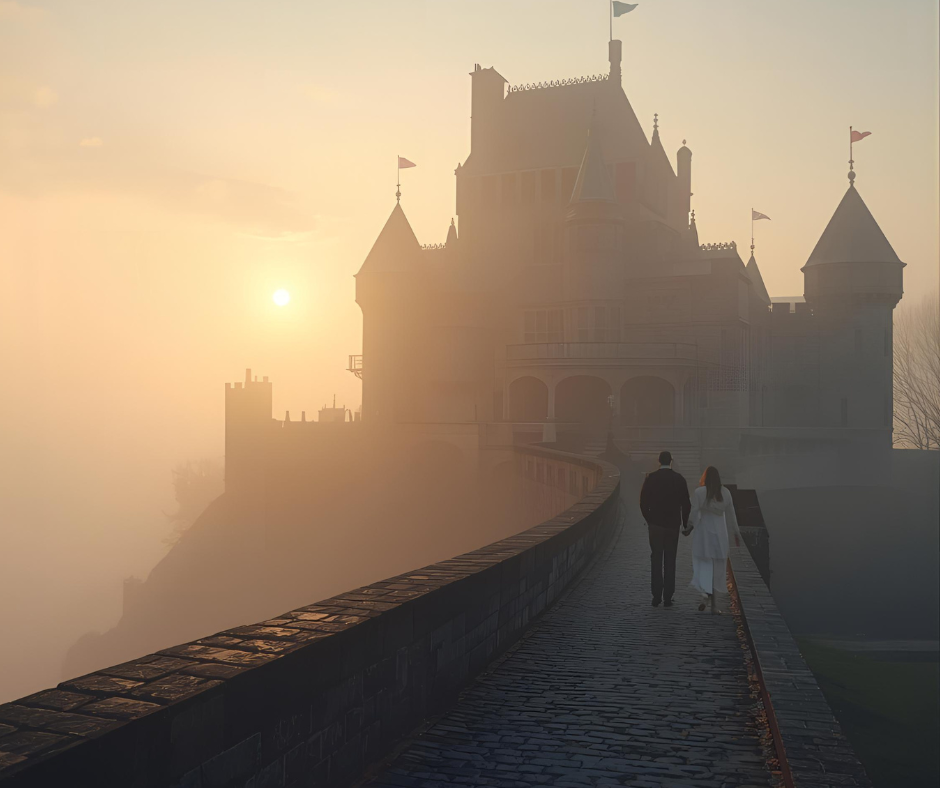
🌍 Why Mythical Creatures Travel Works
Exploring mythical creatures isn’t just fun, it connects you to local culture, folklore, and history in ways that ordinary tourism doesn’t. These stories shaped the way people saw their world, and today, they offer travelers a chance to step inside living legends.
Who it’s for:
- Couples – Romantic castle and unicorn hunts
- Families – Troll tales and dragon hunts perfect for kids
- Fantasy Fans – Travel through the worlds that inspired books, films, and myths
✨ Start Your Mythical Journey
Ready to chase dragons, spot unicorns, and wander troll-filled landscapes? Let me design a
fantasy-inspired itinerary that brings legends to life.
